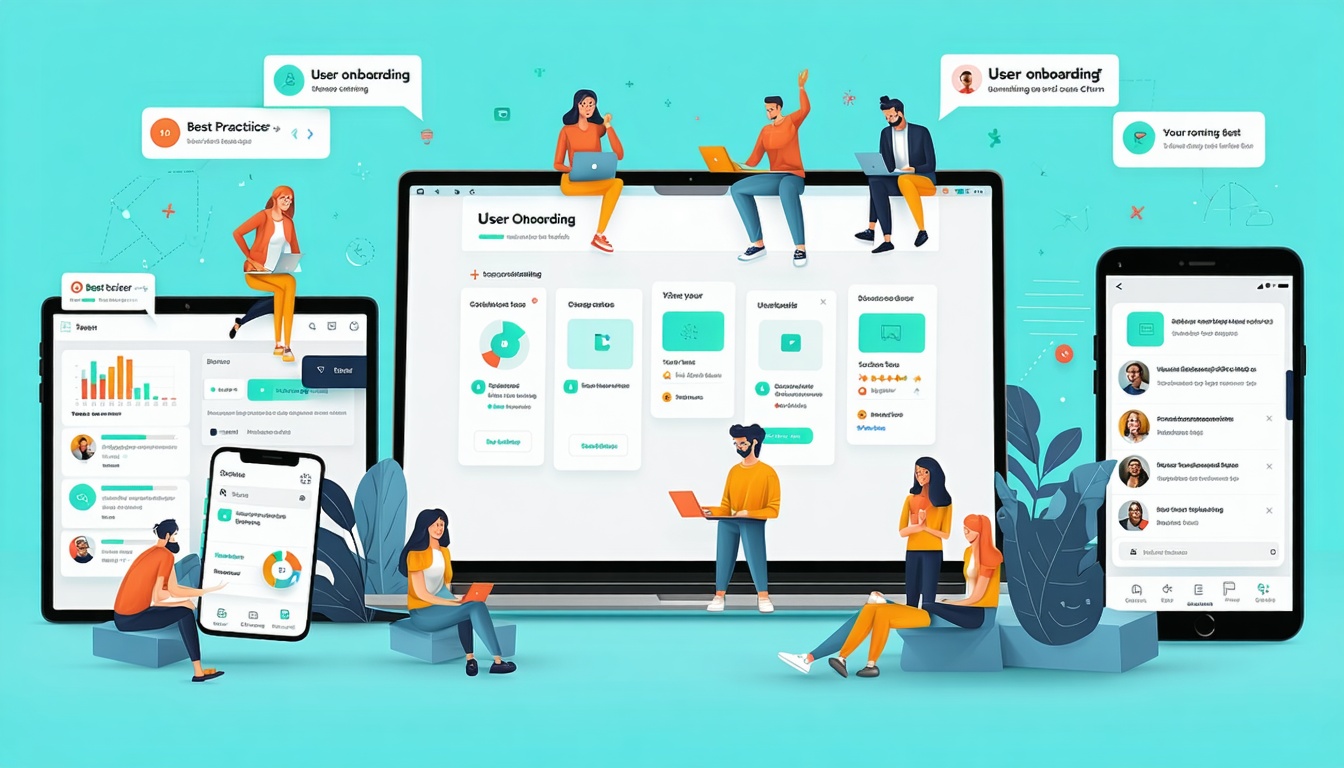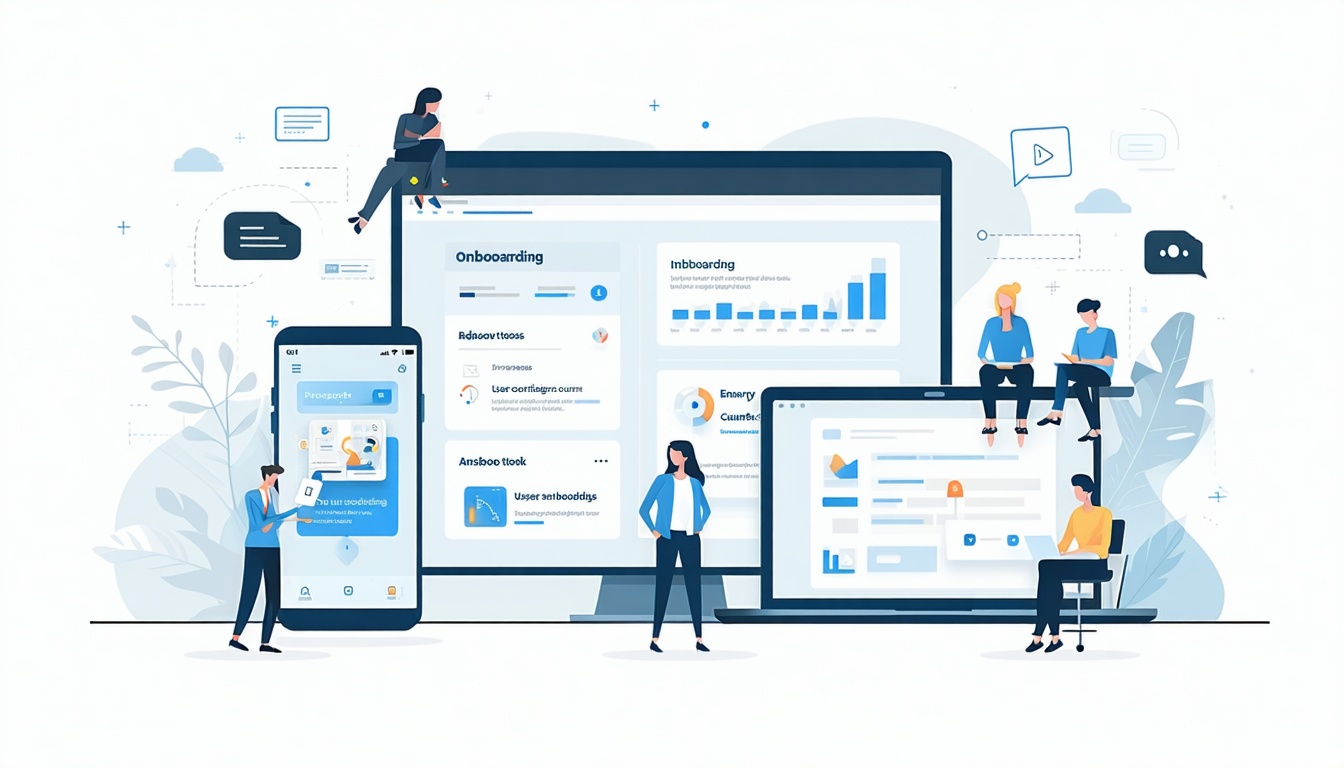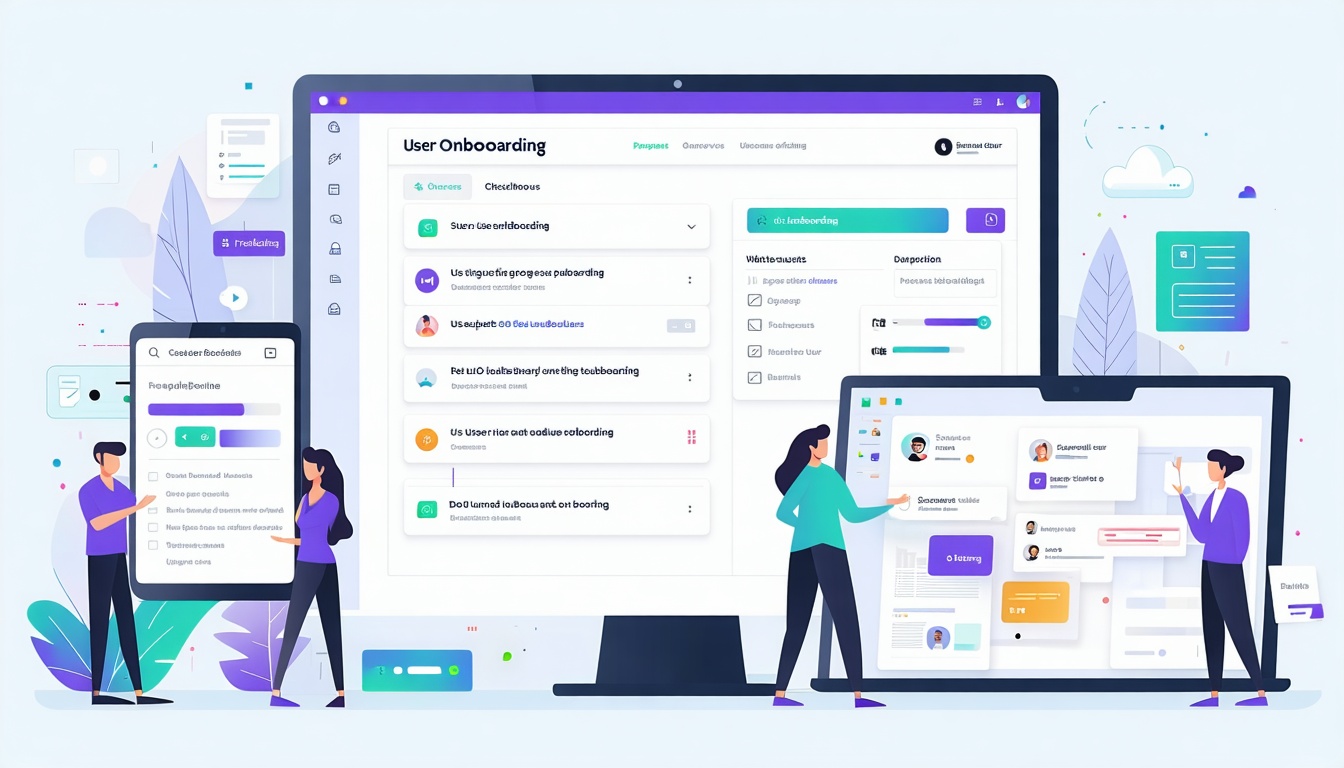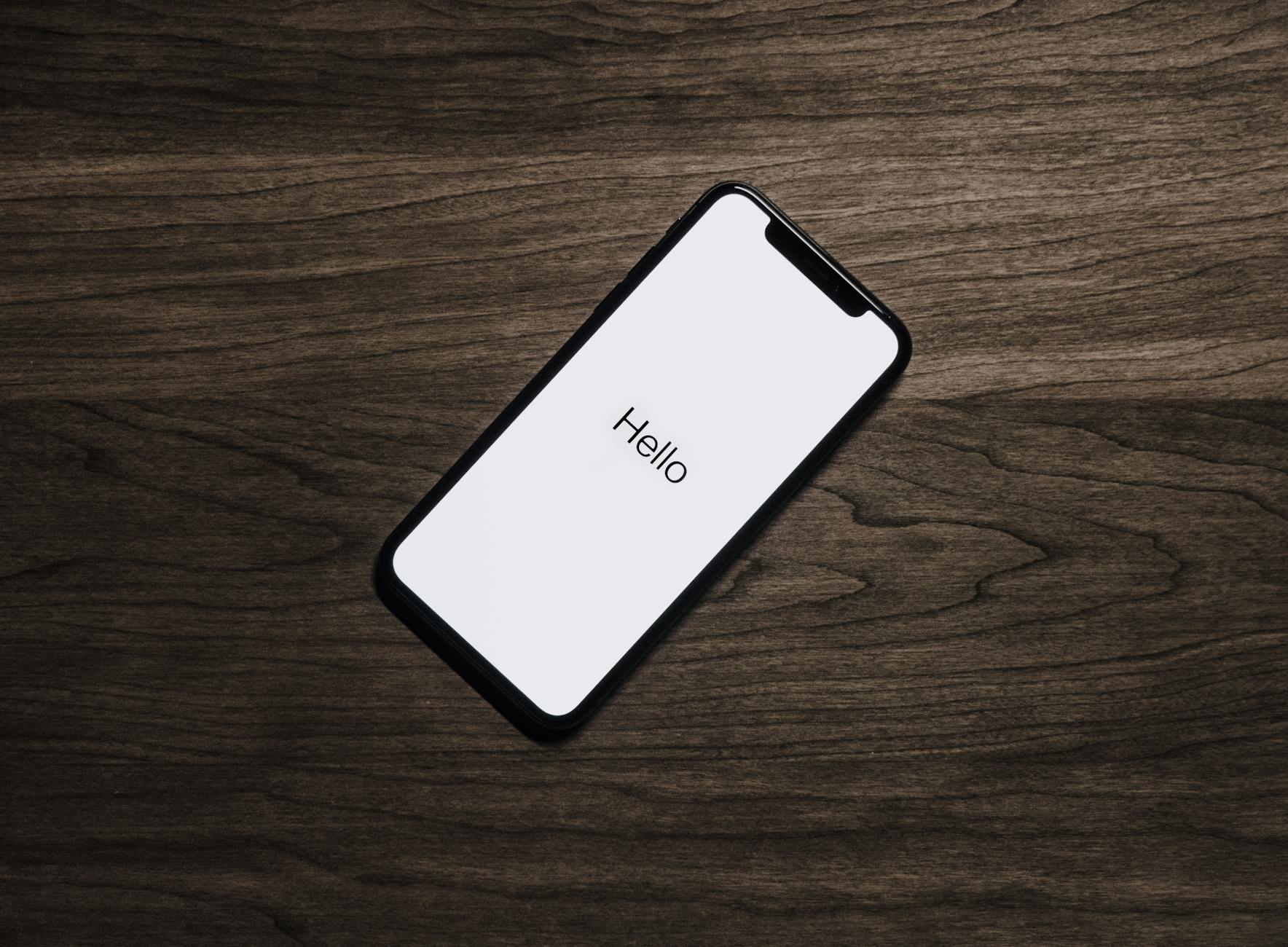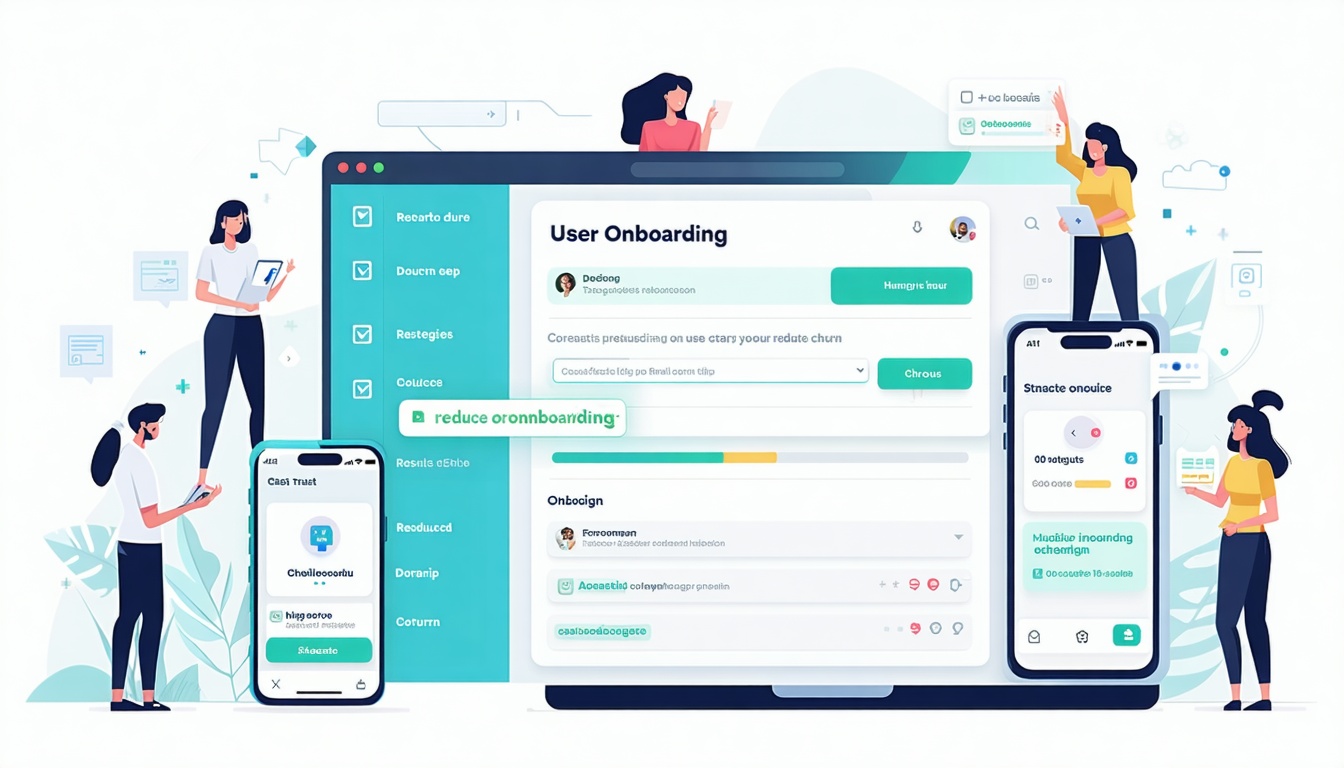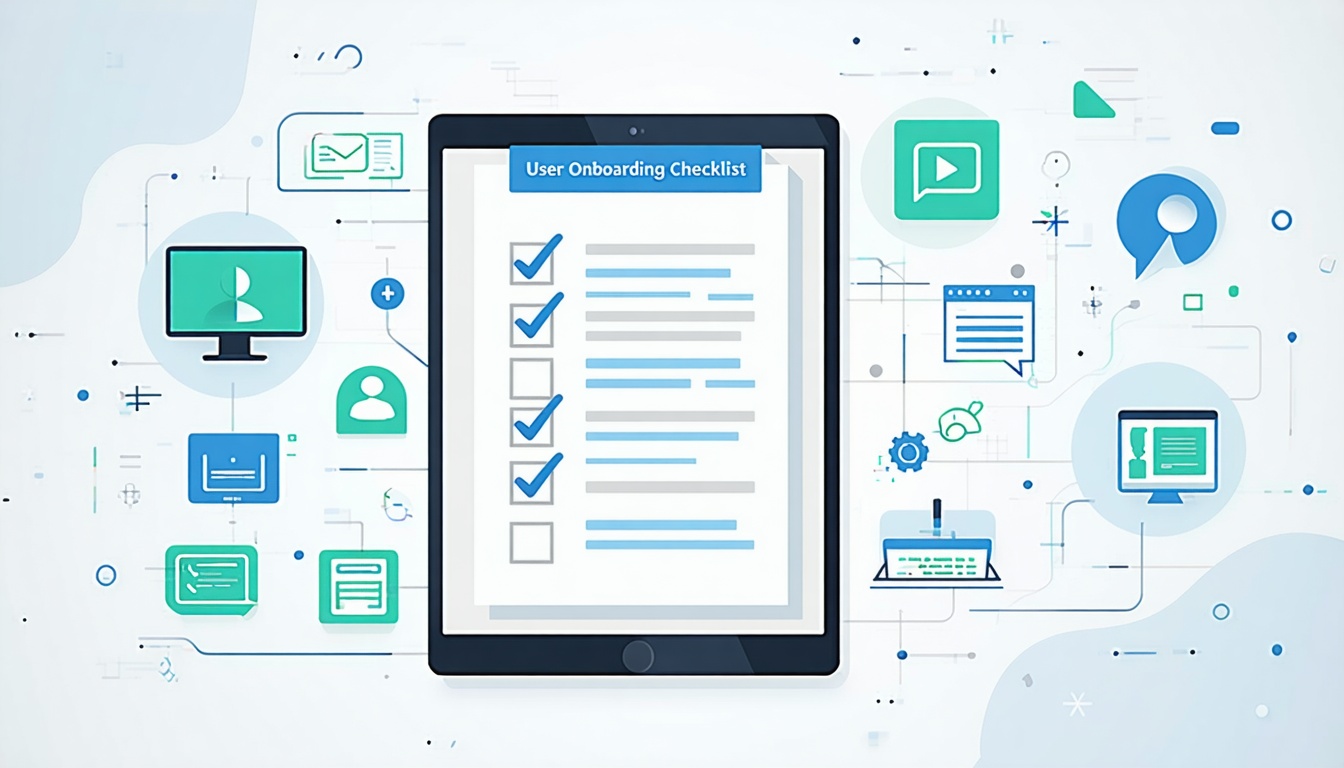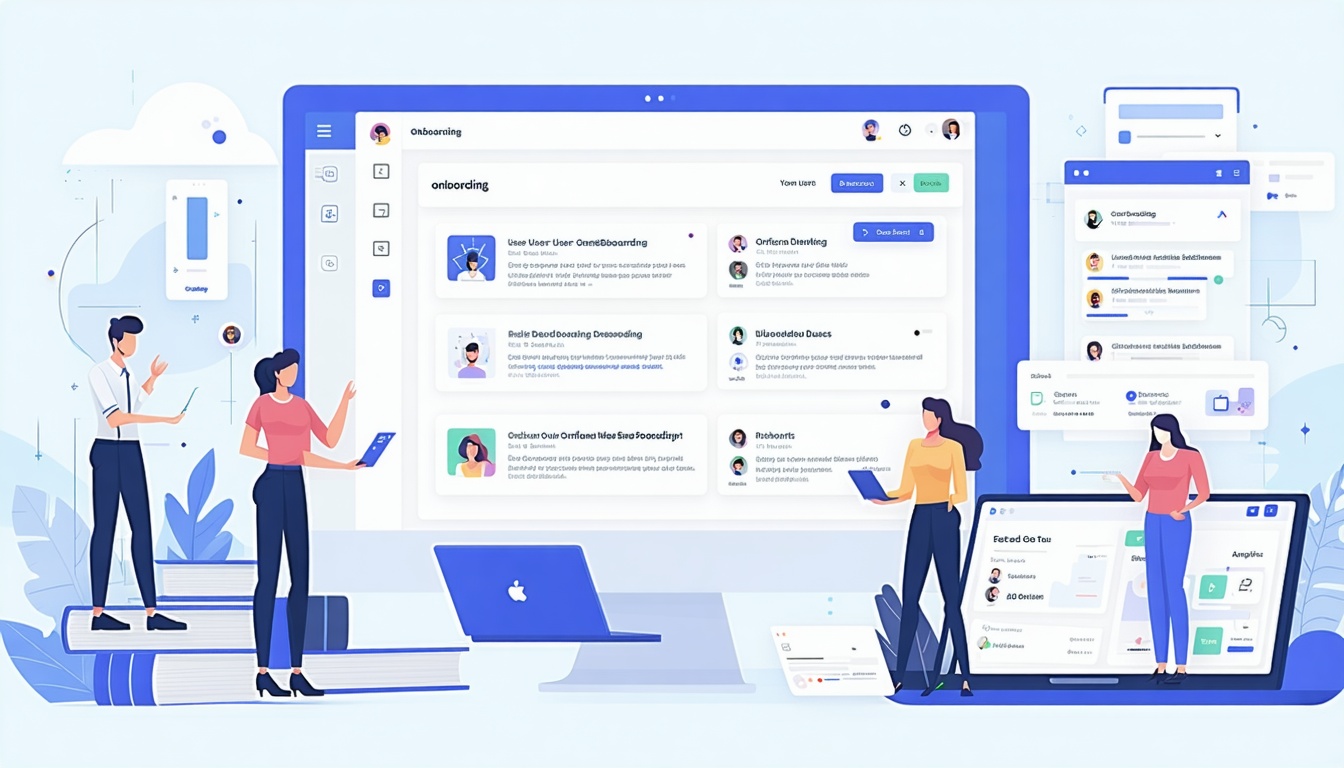Branding and Graphic Design Services
When it comes to establishing a strong brand presence, brand identity design plays a pivotal role. This section explores the fundamentals of brand identity design and sheds light on the significance it holds for businesses looking to make a lasting impression in the marketplace.
What is Brand Identity Design?
Brand identity design encompasses the visual elements that represent a company’s brand, including its logo, color scheme, typography, and brand messaging. It is the encapsulation of a brand’s personality, values, and mission into a visual and textual representation that resonates with the target audience. Effective brand identity design creates a cohesive and memorable brand image that sets a business apart from its competitors.
Importance of Brand Identity for Businesses
A well-crafted brand identity is essential for businesses of all sizes and industries. It serves as the foundation upon which all marketing and communication efforts are built. A strong brand identity not only helps in creating brand recognition and loyalty but also fosters trust among consumers. Consistency in brand identity design across various touchpoints, both online and offline, reinforces the brand’s credibility and builds a sense of familiarity with the audience.
In today’s competitive market landscape, businesses that invest in a cohesive and visually appealing brand identity are more likely to stand out and leave a lasting impression on consumers. Whether it’s through a distinct logo, a carefully chosen color palette, or a compelling brand message, brand identity design plays a crucial role in shaping how a business is perceived in the minds of its target audience.
Understanding the essence of brand identity design and acknowledging its importance is the first step towards creating a strong and memorable brand presence in the market. By aligning visual elements with brand values and communicating a consistent brand message, businesses can establish a distinct identity that resonates with their target demographic.
Key Elements of Brand Identity Design
When delving into brand identity design, several key elements play a crucial role in shaping the perception of a business in the minds of consumers. These elements work together harmoniously to create a cohesive and memorable brand identity. Let’s explore the essentials: logo design, color palette selection, typography choices, and brand messaging and tone.
Logo Design
The logo is the visual cornerstone of a brand’s identity. It serves as a symbol that encapsulates the essence of the brand and is often the first point of contact between a business and its audience. A well-designed logo should be unique, memorable, and reflective of the brand’s values and personality. To learn more about logo design services and principles, visit our article on logo design company.
Color Palette Selection
Color plays a significant role in brand recognition and evokes specific emotions and associations. The right color palette can convey the brand’s personality, values, and positioning effectively. When selecting colors for a brand identity, it’s essential to consider color psychology and how different colors resonate with the target audience. For further insights on colors in branding, check out our article on color psychology in branding.
| Color | Meaning |
|---|---|
| Red | Passion, Energy |
| Blue | Trust, Professionalism |
| Green | Growth, Nature |
| Yellow | Optimism, Clarity |
| Purple | Luxury, Creativity |
Typography Choices
Typography is more than just selecting fonts; it’s about choosing typefaces that align with the brand’s voice and message. The right typography can enhance readability, reinforce brand identity, and create a consistent visual identity across various brand touchpoints. Understanding the role of typography in branding is crucial for maintaining coherence and legibility. To explore this further, read our article on typography in branding.
| Typeface | Characteristics |
|---|---|
| Serif | Traditional, Elegance |
| Sans-Serif | Modern, Clean |
| Script | Elegant, Handwritten |
| Display | Creative, Decorative |
| Monospaced | Technical, Structured |
Brand Messaging and Tone
Brand messaging involves crafting a compelling narrative that communicates the brand’s values, mission, and unique selling propositions. The tone of voice used in brand messaging sets the brand’s personality and fosters a connection with the target audience. Consistency in messaging and tone helps build brand recognition and trust among consumers. To delve deeper into brand messaging strategies, explore our article on branding and marketing strategies.
By focusing on these key elements of brand identity design – logo, color palette, typography, and brand messaging – businesses can establish a strong and cohesive brand identity that resonates with their audience and sets them apart in a competitive market landscape.
Choosing a Brand Identity Design Service
When embarking on a brand identity design journey, selecting the right design agency is a critical step in ensuring the success of your branding efforts. This section focuses on two essential aspects to consider when choosing a brand identity design service: researching design agencies and evaluating their portfolio and experience.
Researching Design Agencies
Before committing to a design agency for your brand identity needs, thorough research is imperative. Start by identifying a list of potential design agencies that align with your brand vision and goals. Consider factors such as the agency’s reputation, client reviews, and the types of industries they have worked with in the past.
Delve into the agency’s website to gain insights into their design processes, team expertise, and the range of services they offer. Look for case studies or client testimonials that showcase their approach to brand identity design and the results they have achieved for their clients.
By researching multiple design agencies, you can compare their capabilities, creativity, and approach to see which one resonates best with your brand identity aspirations. For more guidance on selecting a design agency, check out our article on branding design agencies.
Evaluating Portfolio and Experience
One of the most effective ways to gauge the proficiency of a design agency is by evaluating their portfolio and experience. A strong portfolio showcases the agency’s versatility, creativity, and ability to translate brand identities into visually compelling designs.
When reviewing a design agency’s portfolio, pay attention to the diversity of projects they have undertaken, the industries they have worked with, and the quality of the final deliverables. Look for examples of logo designs, brand guidelines, and other branding collateral to assess the agency’s expertise in creating cohesive and impactful brand identities.
Additionally, consider the experience of the agency in the field of brand identity design. Assess how long they have been in the industry, the number of projects they have completed, and any awards or recognitions they have received for their work. This information can give you confidence in the agency’s capability to handle your brand identity project effectively.
By carefully evaluating the portfolio and experience of design agencies, you can make an informed decision that aligns with your brand’s vision and objectives. Remember that choosing the right design partner is instrumental in shaping a successful brand identity that resonates with your target audience and sets your business apart in the market.
Top Brand Identity Design Services
For businesses seeking professional assistance in crafting a distinctive brand identity, selecting the right design service is paramount. Here we present an overview of three top brand identity design services, each known for their unique features and expertise.
Service A: Overview and Features
Service A is recognized for its innovative approach to brand identity design. With a team of experienced creatives and strategists, Service A excels in translating brand visions into compelling visual identities. Their process involves in-depth research, creative ideation, and meticulous execution to ensure that each brand they work with stands out in the market.
Key Features of Service A:
- Customized Brand Identity Solutions
- Collaborative Design Process
- Strategic Brand Positioning
- Comprehensive Brand Style Guide Development
Service B: Overview and Features
Service B is a renowned design agency specializing in brand identity creation for diverse businesses. Their team of designers and branding experts combines creativity with strategic thinking to deliver impactful and memorable brand identities. Service B is known for its attention to detail, commitment to client satisfaction, and ability to create cohesive brand experiences across various touchpoints.
Key Features of Service B:
- Logo Design and Branding Guidelines
- Tailored Brand Identity Packages
- Brand Strategy Development
- Visual Brand Identity Development
Service C: Overview and Features
Service C stands out for its expertise in creating visually stunning brand identities that resonate with target audiences. Utilizing the latest design trends and technology, Service C crafts unique and memorable brand assets that communicate the essence of each brand effectively. Their commitment to quality and creativity sets them apart in the competitive branding landscape.
Key Features of Service C:
- Creative Branding Solutions
- Brand Identity Guidelines
- Logo Design Principles
- Brand Identity Development Strategies
By exploring the distinct offerings of each top brand identity design service, businesses can make informed decisions when selecting a partner to elevate their brand presence. It is essential to consider factors such as design approach, portfolio quality, and client testimonials to ensure a successful collaboration that aligns with your brand objectives.
Customer Success Stories
In the realm of brand identity design, real-world success stories provide insights into how businesses have leveraged effective branding strategies to achieve remarkable transformations and impacts. Here are two compelling narratives of businesses that have experienced significant shifts through brand identity design:
Business A: Transformation through Brand Identity Design
Business A, a startup in the tech industry, underwent a profound transformation when they decided to invest in a comprehensive brand identity redesign. By collaborating with a skilled branding and design agency, Business A was able to revamp its visual identity, including a new logo, color scheme, and brand messaging.
The redesign not only modernized Business A’s image but also helped them establish a more professional and cohesive brand presence in the competitive market. With the implementation of a consistent brand style guide and strategic branding elements, Business A was able to convey a clearer brand story and connect better with its target audience.
The result of this brand identity overhaul was a notable increase in brand recognition, customer engagement, and ultimately, business growth. The cohesive and visually appealing brand identity not only attracted new customers but also solidified Business A’s reputation as an innovative and trustworthy player in the industry. For businesses looking to embark on a similar journey, understanding the impact of brand identity design can be a catalyst for positive change.
Business B: Impact of Brand Identity Redesign
In a different industry landscape, Business B, a well-established retail company, recognized the need to refresh its brand identity to stay relevant and competitive. Through a systematic process of brand identity redesign, focusing on elements such as logo refinement, color palette adjustment, and updated brand messaging, Business B sought to rejuvenate its brand image while retaining its core values.
The strategic redesign of Business B’s brand identity not only resonated with existing customers but also caught the attention of new audiences. By aligning the visual and communicative aspects of the brand with evolving market trends and consumer preferences, Business B was able to reinforce its position as a market leader and instill a sense of trust and credibility among its customer base.
The impact of the brand identity redesign was tangible, leading to increased brand visibility, customer loyalty, and revenue growth. By prioritizing brand identity as a key asset and leveraging design principles to communicate effectively, Business B showcased the power of visual branding in shaping perceptions and driving business success.
These customer success stories underscore the transformative potential of strategic brand identity design and emphasize the significance of crafting a cohesive and impactful brand presence. By understanding the journeys of businesses like Business A and Business B, aspiring entrepreneurs and established companies alike can glean valuable insights into the rewards of investing in brand identity excellence.
Making the Right Choice
When selecting a brand identity design service for your business, there are several factors to consider to ensure a successful project. Additionally, following specific steps can help streamline the brand identity design process and achieve the desired outcomes.
Factors to Consider
Before choosing a brand identity design service, it’s essential to evaluate certain factors that can greatly impact the outcome of your project. Some key considerations include:
Experience and Expertise: Look for design agencies with a proven track record in brand identity development. Assess their portfolio to determine if their style aligns with your brand vision.
Client Testimonials: Customer reviews and success stories can provide valuable insights into the agency’s capabilities and client satisfaction levels.
Communication Skills: Effective communication is crucial for a smooth design process. Ensure that the agency understands your brand values and goals.
Budget and Pricing: Determine your budget constraints and inquire about the agency’s pricing structure upfront to avoid any surprises later on.
Turnaround Time: Consider the agency’s timeline for completing the project. Ensure that they can deliver within your desired timeframe.
Steps to a Successful Brand Identity Design Project
To ensure a successful brand identity design project, it’s essential to follow a systematic approach that incorporates the following steps:
Define Your Brand: Start by defining your brand identity, including your values, mission, and target audience. This will serve as a foundation for the design process.
Research and Inspiration: Conduct market research and gather inspiration from competitors and industry trends. This will help shape your brand’s unique identity.
Concept Development: Work closely with the design team to develop initial concepts for your brand identity, including logo designs, color schemes, and typography.
Feedback and Iteration: Provide constructive feedback on the initial concepts to refine and iterate on the design elements. Collaboration with the design team is key during this phase.
Finalization and Implementation: Once the design elements are approved, finalize the brand identity assets, including logos, brand guidelines, and other visual elements.
Launch and Promotion: Implement your new brand identity across all touchpoints, including marketing materials, website, and social media. Promote your brand to create awareness and engagement.
By carefully considering the key factors and following a structured approach, you can make an informed decision when choosing a brand identity design service and set yourself up for a successful brand transformation.



